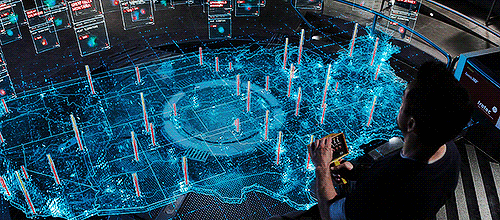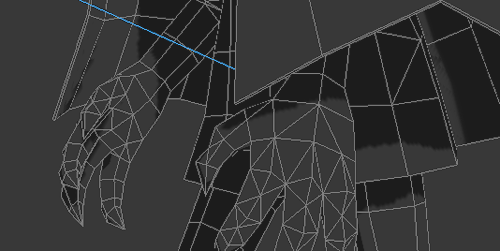Q
Anonymous asked:
I feel like in post launch support I see numerical balance changes (eg. X has 10% higher stun, 8% less hp) much, much more frequently than animation balance changes (eg.move now has wider reach, faster startup). I understand animations take more work than tweaking a database, but given that many games will never get a single re-animation it seems like there must be more to it than that.
A
There is more to it than that. When we build game systems, one common method of differentiating the work is “things we probably will change” (e.g. things we plan to tune based on feedback) and “things we probably won’t change” (e.g. the way a story character or environment looks). We build the things we expect to change such that it is easy to make those changes. The things that we don’t expect to change are typically not built with changes in mind, because we assume we will lock them in and they’ll be completely finished.
As you might expect, numerical balance values like 10% higher stun duration, 8% less HP, or an extra 5% critical hit rate are often built to be easy to change because we expect to have a lot of things in the game that can change them. A magic blessing spell, a potion that provides a temporary boost, a passive racial ability, or a piece of gear all might provide different modifiers to a character’s health total and we’re probably going to want to tune most of those to make them feel right for their power level and the player experience. Since we expect designers to modify these values a lot, the engineers build the system to make it easy to set and modify those values.
Animations are typically not built to be easy to modify because we don’t need to do it all that often. Most of the time, the character performs the animation and we call it good. We might tweak and modify it leading up to launch, but they are generally locked in once we finalize them. Most games do not need to tune a particular animation beyond being able to scale the animation playback speed to fit within a certain number of frames. Tuning would generally require the animator to make a small change, the designer to play with it and decide if it is good enough, and then make changes if it isn’t good enough. This cycle can take a significant amount of time, and we often have [huge numbers of animations] we need to complete. This kind of iteration often takes too long to do feasibly.
There are exceptions to this, of course. Fighting games, for example, tend to make animation changes regularly because of the way they are built. In addition to damage and health, fighting game strength are all about the character animation start-up, the active duration, and recovery period. A particular move can be buffed by shortening its recovery time or nerfed by increasing a move’s startup duration. Because the designers need to make changes to these animations regularly, the engineers build the animation system to be tunable so that the designer doesn’t need to keep calling on the animators, and the animators can instead focus their time on creating new animation suites for new characters.
[Join us on Discord] and/or [Support us on Patreon]
Got a burning question you want answered?
- Short questions: Ask a Game Dev on Twitter
- Long questions: Ask a Game Dev on Tumblr
- Frequent Questions: The FAQ
Notes
burntheupholstery reblogged this from askagamedev
burntheupholstery liked this
oniongrass liked this
 s-opal liked this
s-opal liked this  humanfist reblogged this from theothin
humanfist reblogged this from theothin agentnoun liked this
turboherne reblogged this from askagamedev
cleanduck liked this
theomenroom liked this
oddkms liked this
megasilverfist liked this
cyrusoeriahi liked this
supercomputer276 reblogged this from askagamedev
zoniventris reblogged this from askagamedev
b8horpet liked this
isayoldbean liked this
northssketchbook liked this
eatitwithgravy liked this
 path-of-sunlight reblogged this from askagamedev
path-of-sunlight reblogged this from askagamedev  nthletter liked this
nthletter liked this space-librarian liked this
xennyboy reblogged this from askagamedev
xennyboy liked this
theothin reblogged this from askagamedev
theothin liked this
 brief-cases-andboxes liked this
brief-cases-andboxes liked this kalinary liked this
badass-at-cuddling liked this
blender-charm liked this
sentiniel reblogged this from askagamedev
sentiniel liked this
greatwyrmgold liked this
wizard-of-whispers liked this
 dreadfutures liked this
dreadfutures liked this  askagamedev posted this
askagamedev posted this I feel like in post launch support I see numerical balance changes (eg. X has 10% higher stun, 8% less hp) much, much...



